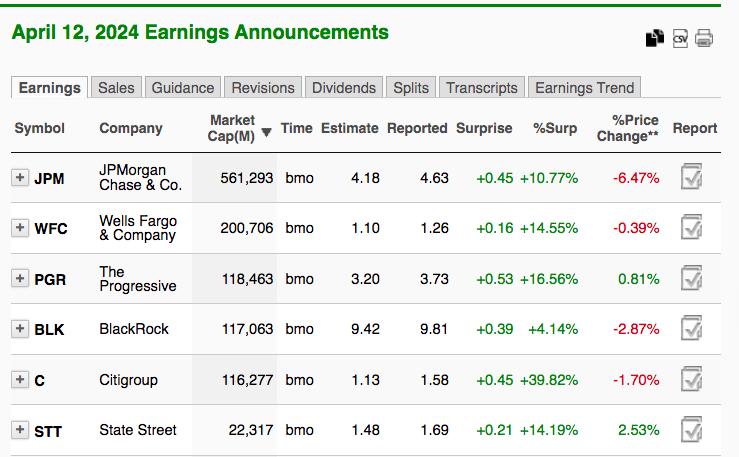Understanding financial signals is akin to interpreting a complex language of numbers, graphs, and market trends. Certain indicators or warning signs suggest potential shifts in the economic landscape, giving a heads-up to investors, policy-makers, and analysts alike. It is pivotal to comprehend whether financials are indeed sending us a major warning signal. The key areas to focus on in identifying potential red flags are the stock market’s health, advancing inflation rates, unprecedented real estate prices, and increasing debt levels.
To begin with, the stock market’s health plays a substantial role in the overall stability of the nation’s economy. A well-performing stock market often signifies thriving business conditions, increasing individual wealth, and a positive economic outlook. However, factors such as extreme volatility, excessive leveraged trading, and overvaluation of stocks often signal underlying problems. Irrational exuberance, a term coined by former Fed Chairman Alan Greenspan, refers to inflated asset prices disconnected from intrinsic values, indicating a potential market correction or worse, a crash.
Next, the recent rise in inflation rates worldwide signals a potential economic warning. Even though minimal inflation is a sign of a healthy economy, an inflation rate too far beyond the target poses serious concerns. Apart from diminishing the individual’s purchasing power, high inflation can impact interest rates, leading to higher borrowing costs. Additionally, it can create an environment of uncertainty, leading to reduced spending and investment, curbing economic growth.
Thirdly, surging real estate prices are another area of concern. While real estate can be an excellent long-term investment, growing at rates far beyond inflation might indicate a bubble. A sharp and sustained increase in real estate prices, driven by speculation rather than fundamental economic indicators like disposable income and rental yields, poses a significant risk. The fallout from such a bubble bursting can be detrimental, as the 2008 financial crisis demonstrated.
Furthermore, burgeoning debt levels, both at the individual and governmental level, present another significant warning signal. High individual debt can lead to decreased consumer spending, slowing the overall economy. Meanwhile, unsustainable public debt could lead to macroeconomic instability and potential default if uncontrolled. Besides, if interest rates rise, the debt servicing costs could further strain the economy.
Lastly, let’s not overlook the ominous yield curve inversions, where the interest rates on short-term bonds become higher than long-term bonds. This phenomenon, considered a reliable indicator, has accurately forecasted many past recessions. Hence, any such inversion in the yield curve warrants a closer look at the economic health.
In conclusion, the financials are currently flashing several warning signs. While these factors do not necessarily signal an imminent financial disaster, they merit close attention due to their potential to trigger significant economic disruptions. Acknowledging these signs allows for necessary adjustments and prudent decision making, helping mitigate potential risks. Keep in mind, understanding and responding to these signals is more art than science, requiring insight, experience and sometimes, a bit of luck. In this complex financial world, staying informed and adaptable is the key to survival and success.




